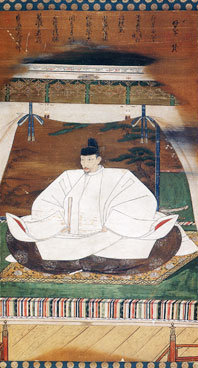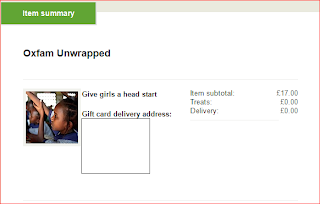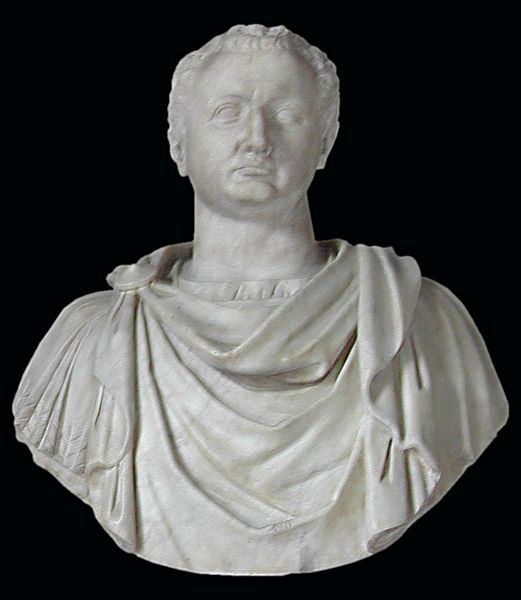 |
| Japanese-Portuguese Christian Bell, 1570 |
I got this little-known (in the West) snippet of information from one of my brothers in law yesterday evening. He is an acknowledged expert in Japanese art, being the head of Japanese conservation for a major art museum in Boston, MA, USA. He has worked and studied in Japan and speaks fluent Japanese. We had been talking about our impending trip to Lisbon, Portugal tomorrow and got on to discussing the influence of Portugal on Japan and vice versa. He has also worked and taught Japanese art and conservation in Lisbon.
Although some people believe Nestorian (i.e., Syriac or Eastern) Christianity had already been introduced to Japan earlier, the main systematic effort to introduce it came from the Portuguese, and later the Spanish, Catholics between about 1550 and 1600. These missionaries were sponsored by their respective governments and their main function was to act as the advanced guard for Western colonialism and open up Japan to Western Traders - Portuguese and Spanish, naturally - just as they had done and were to do in so much of the world. To that end the missionaries would 'convert' the local officials who would then be especially favoured by the traders. The Portuguese missionaries were exclusively Jesuite while the Spanish were mostly Franciscans and Dominicans.
Once trade was established the traders, backed by the odd warship, would 'negotiate' favourable trading terms, often including handing over the docks and the port towns to the traders to become, in effect, 'free' ports controlled by foreign powers and exempt from taxes and excise duties - a practice that would be called 'smuggling' unless backed by the threat of military intervention. Imagine Boston, San Francisco, Rotterdam or Bristol in foreign hands because it was considered necessary for free trade and the smugglers had got fed up with being arrested!
But apparently, it wasn't so much the creeping colonialism which alarmed the Japanese authorities. It soon became apparent that, whilst preaching peace and brotherly love for all mankind, and whilst professing love for the non-Christian Japanese, what the missionaries really detested were Christians of other sects and from other countries who were trying to muscle in on their racket, a rivalry which often erupted in violence, even between Catholics of different orders. The origins of this, of course, were back in Europe, in particular with different Popes blowing in the political wind and abandoning principles for short-term gain and plumping for whichever side was promising the biggest return:
...religion was also an integral part of the state and evangelization was seen as having both secular and spiritual benefits for both Portugal and Spain. Wherever these powers attempted to expand their territories or influence, missionaries would soon follow. By the Treaty of Tordesillas, the two powers divided the world between them into exclusive spheres of influence, trade and colonization. Although at the time of the demarcation, neither nation had any direct contact with Japan, that nation fell into the sphere of the Portuguese.
The countries disputed the attribution of Japan. Since neither could colonize it, the exclusive right to propagate Christianity in Japan meant the exclusive right to trade with Japan. Portuguese-sponsored Jesuits under Alessandro Valignano took the lead in proselytizing in Japan over the objection of the Spaniards. The fait accompli was approved in Pope Gregory XIII's papal bull of 1575, which decided that Japan belonged to the Portuguese diocese of Macau. In 1588, the diocese of Funai (Nagasaki) was founded under Portuguese protection.
In rivalry with the Jesuits, Spanish-sponsored mendicant orders entered into Japan via Manila. While criticizing Jesuit activities, they actively lobbied the Pope. Their campaigns resulted in Pope Clement VIII's decree of 1600, which allowed Spanish friars to enter Japan via Portuguese India, and Pope Paul V's decree of 1608, which abolished the restrictions on the route. The Portuguese accused Spanish Jesuits of working for their homeland instead of their patron. The power struggle between Jesuits and mendicant orders caused a schism within the diocese of Funai. Furthermore, mendicant orders tried in vain to establish a diocese on the Tohoku region that was to be independent from the Portuguese one.
 |
| Toyotomi Hideyoshi |
By 1587, Toyotomi Hideyoshi had become alarmed, not because of too many converts but rather because the hegemon learned that Christian lords reportedly oversaw forced conversions of retainers and commoners, that they had garrisoned the city of Nagasaki, that they participated in the slave trade of other Japanese and, apparently offending Hideyoshi's Buddhist sentiments, that they allowed the slaughter of horses and oxen for food. He was concerned that divided loyalties might lead to dangerous rebels like the Ikkō-ikki Sect of earlier years and produced his edict expelling missionaries. However, this decree was not particularly enforced.
Toyotomi Hideyoshi promulgated a ban on Catholicism in form of the "Bateren-tsuiho-rei" (the Purge Directive Order to the Jesuits) on July 24, 1587. Hideyoshi put Nagasaki under his direct rule to control Portuguese trade.
When Toyotomi Hideyoshi issued the Bateren-tsuiho-rei, the Jesuits in Japan, led by Coelho, planned armed resistance. At first, they sought help from Kirishitan daimyo but the daimyo refused. Then they called for a deployment of reinforcements from their homeland and its colonies. But this plan was vetoed by Valignano. Like the Kirishitan daimyo, he realized that a military campaign against Japan's powerful ruler would bring catastrophe to Catholicism in Japan. Valignano survived the crisis by laying all the blame on Coelho. In 1590, the Jesuits decided to stop intervening in the struggles between the daimyo and to disarm themselves. They only gave secret shipments of food and financial aid to Kirishitan daimyo.
On February 5, 1597, twenty-six Christians – six European Franciscan missionaries, three Japanese Jesuits and seventeen Japanese laymen including three young boys – were executed by crucifixion in Nagasaki. These individuals were raised on crosses and then pierced through with spears. While there were many more martyrs, the first martyrs came to be especially revered, the most celebrated of which was Paul Miki. The Martyrs of Japan were canonized by the Roman Catholic Church on June 8, 1862 by Blessed Pius IX, and are listed on the calendar as Sts. Paul Miki and his Companions, commemorated on February 6, February 5, the date of their death, being the feast of Saint Agatha.
Persecution continued sporadically, breaking out again in 1613 and 1630. On September 10, 1632, 55 Christians were martyred in Nagasaki in what became known as the Great Genna Martyrdom. At this time Catholicism was officially outlawed. The Church remained without clergy and theological teaching disintegrated until the arrival of Western missionaries in the 19th century.
Meanwhile, the Dutch, by assuring the Japanese authorities that the last thing they were bothered about was religion, and by sticking to their word, cornered the market in Japanese trade with the West.
Just another example of how religion poisons everything; in this case peaceful contact with, mutually beneficial trade with and culturally enriching contact with, newly-discovered people and societies in the early days of European exploration and the growth in world trade. A legacy of this first contact with the Christian West was a Japanese society deeply suspicious of Western imperialism, which in turn resulted in a legacy of deep suspicion about western imperialist ambitions in the Pacific and Southeast Asia, possibly even leading to the Japanese 'preemptive' strike on Pearl Harbour in 1942 in response to a perceived western expansion into Southeast Asia and the Pacific.


















